Character Creation, From First Thoughts To Finished Products: Part One
October 10, 2016 by crew
Massive Awesome is Simon Barlow and John Taylor, friends and business partners whose shared love of gaming and a desire to make something awesome prompted us to set out on our own. We are currently deep into the production stage of our first game – the tabletop miniatures game Shattered Earth – after our first successful Kickstarter campaign earlier this year.
It’s been a while since the last article in our series – the previous entries of which you can read HERE – and this new two-part article has been put together after feedback from readers and backers, asking for us to provide an in-depth look at the creative process.
Creating The Character
Our procedure at Massive Awesome is the same with every miniature we create: Simon and I discuss the basic outline, name, faction, age and sex of each character. Simon usually has most of these in mind already and then I produce a few pages of background to flesh out the character’s personality and backstory.
When we’re happy, we will pass this brief onto the artist; in the case of our character Lee Kyong-Min/Jormungandr, this was Iwo Widuliński. Using the brief, each artist will produce a number of quick sketches for us. The three of us would then discuss everything over Slack (Simon being based in the UK, Iwo in Poland, and me in Switzerland) and make several iterations until we’re all happy with the basic outline.
In this case, the original brief called for a tattooed, biologically-augmented Korean man, and we let Iwo’s imagination loose. We agreed on the face and trousers from the first sketch, the glove from the second, and the tattoos from the third (see above), and then spent a few days going over minutiae like facial expression and haircut.
The artist would then put together a more polished piece of concept art that we could eventually release publicly.
As we do another round of feedback, covering hair-styles, clothing colours, and weapon details, we will start to engage with the sculptor, in this case, Seth Nash.
Going Digital
We provide Seth with the original brief and the current concept artwork, and he is also able to view the hundreds of previous comments to see the evolution of the character. Having all this background enables him to very quickly create a detailed 3D sculpt for us to all discuss.
We wanted to work with Seth as his sculpts have an amazing sense of motion to them, making them look very dynamic on the tabletop. His preferred process was to work up the character from scratch before finalising a suitable pose so we discussed the size and attributes of Lee Kyong-Min and added the details cumulatively.
The extra work of creating a fully formed physical appearance means that, from the very beginning, the model looks incredibly life-like. As Lee Kyong-Min is a very important character in the game, we felt this totally appropriate.
We spend a few days discussing the exact details of the size and style of the adornments, where they would be situated and their functionality. All four of us were involved in these conversations: Iwo from an artistic viewpoint, Seth from a physical modelling point, Simon from how they fit in with the rules for the character, and me for how they fit narratively.
This, personally, is my favourite phase of development. With Iwo close to finishing the art and Seth getting to the finer details of the sculpt, all four of us then have a prolonged feedback session where suggestions of visuals, backstory, rules and sculpting tolerances all intermingle and coalesce around a final character that we’re all happy with.
At this point, the physical and visual changes are locked in and any rules or background details that need tweaking based on the final appearance are noted.
After another week of work and discussion, Seth is finished, and all that is left is to provide a cut-up for printing and casting.
All Cut Up!
Here, Seth’s experience is invaluable: knowing exactly how to cut up the model to provide the maximum amount of detail with the minimum number of pieces, all designed in a way that they will be easily cast in resin, with the correct tolerances and contact points.
The final image is now ready for public release and the 3D file is cut-up and sent to both the printer (Clockwork Goblin) and caster (Brian Fawcett) for final feedback on tolerances and possible undercuts. Again, working with the best in the business means that as well as getting the industry’s highest quality casting, we also gain from all their knowledge and experience. After the final edits are made, the files are sent off for 3D printing.
A few weeks later Simon and I open the boxes containing the masters with the excitement of greedy five-year-olds on Christmas morning and check that all the keys fit and the finest details have rendered correctly so that the models fit together just so.
Any pieces we don't feel are perfect are then sent back to Clockwork Goblin to be re-printed and the replacements tested against the rest of the master. Once we are able to dry fit the complete model we send off the masters to Brian and we wait, for Part Two!
If you would like to write articles for Beasts Of War then please get in contact with us at [email protected] for more information!
"Our procedure at Massive Awesome is the same with every miniature we create: Simon and I discuss the basic outline, name, faction, age and sex of each character..."
Supported by (Turn Off)
Supported by (Turn Off)
"A few weeks later Simon and I open the boxes containing the masters with the excitement of greedy five-year-olds on Christmas morning..."
Supported by (Turn Off)































![TerrainFest 2024 Begins! Build Terrain With OnTableTop & Win A £300 Prize! [Extended!]](https://images.beastsofwar.com/2024/10/TerrainFEST-2024-Social-Media-Post-Square-225-127.jpg)









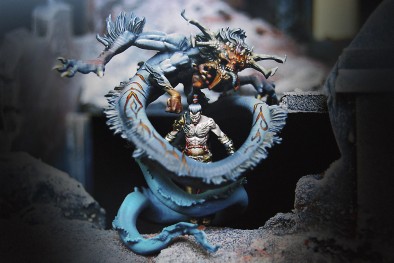

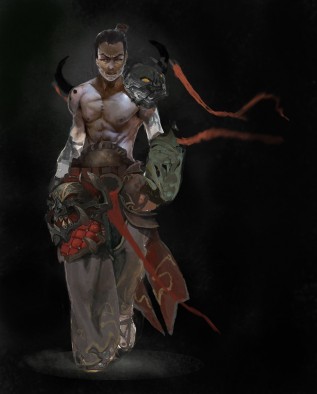
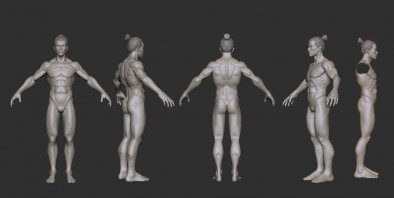
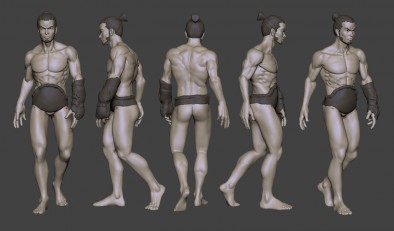
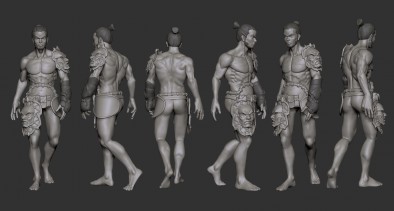
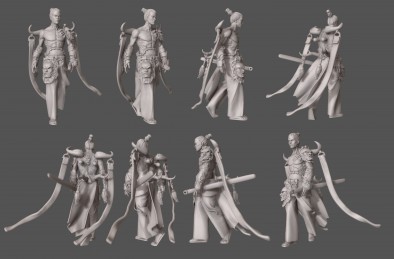
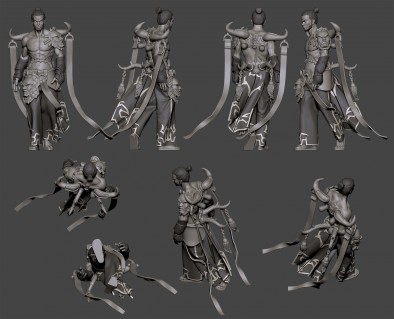
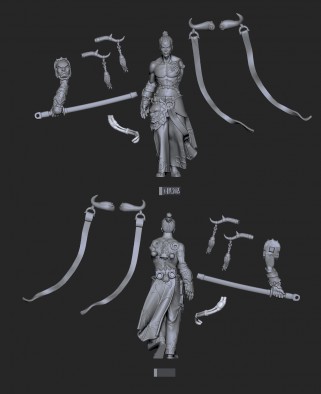
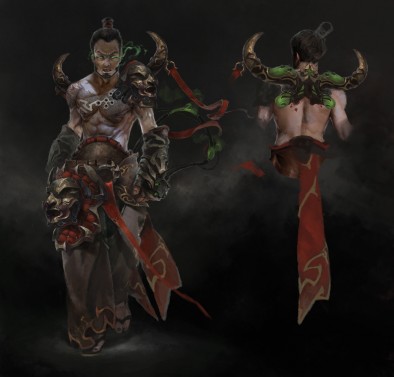
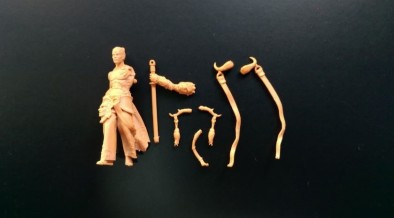


































Wish I had grabbed this Kickstarter, amazing mini.
Why doesn’t money grow on trees? 🙁
Wow, lovely work! I understood all the 3D mesh work that went into making a figure, but it’s nice to see the breakdown in images. Thank you!
Nice to see a bit of the process how you come to a character and that you look at it from different view points to make if fit in all aspects of the game.
Looks great, can’t wait for my KS to arrive 🙂
he looks great & reminds me of the dragon emperor.
Thanks for these insights! I always find the development process interesting – the conceptual design side as well as the production side of things.